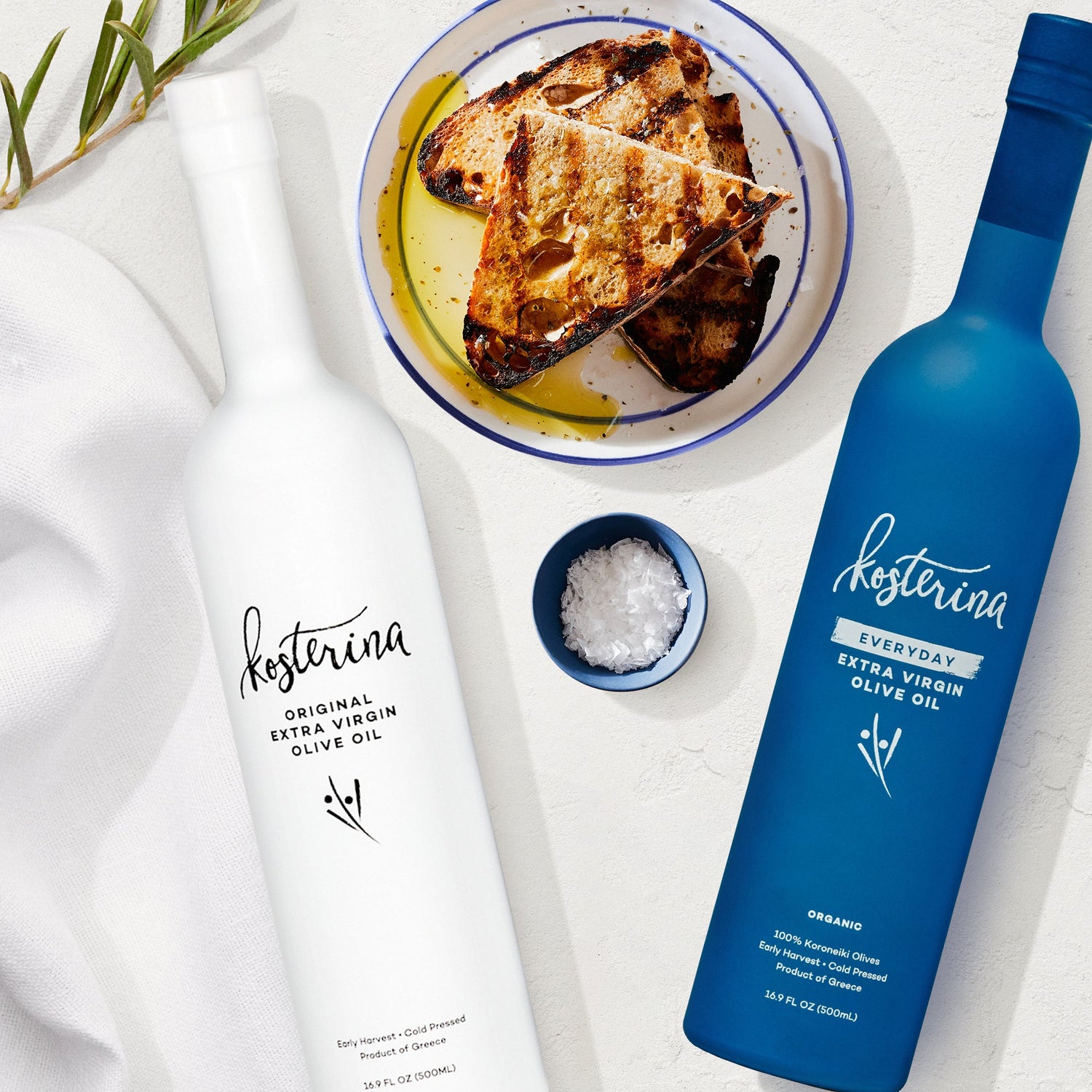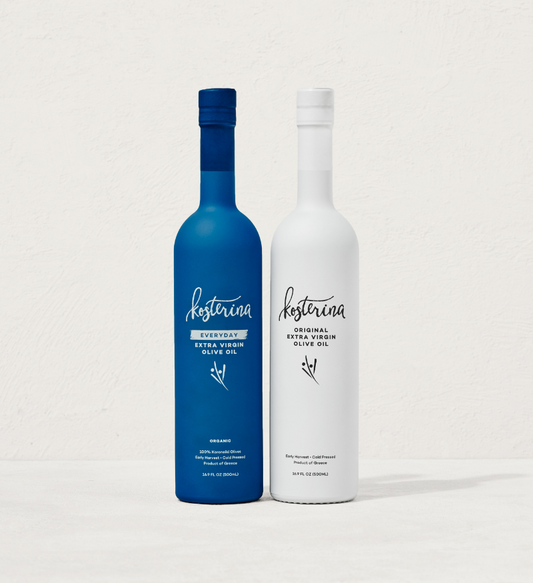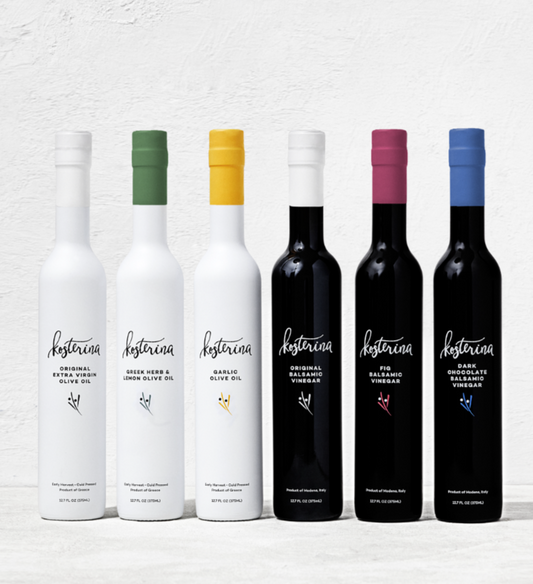Dear Kosterina Family,
Weight loss is often top of mind as we all work towards our general goals resolutions. But I’d like to shift our vocabulary and mindset away from weight loss in favor of making changes to body composition. Semantics? No, because you definitely don’t want to be losing muscle mass along with fat. In her book Forever Strong, Dr. Gabrielle Lyon makes the case for muscle-centric medicine and states that “building muscle is the most important safeguard for health because it is the bodily system that will allow us to live our longest, most capable, fulfilling life.”
I’ve recently dug deep into a few resources and have learned just how beneficial to our healthy and longevity it is to focus on strength training and maintaining a healthy level of muscle mass. A good first step in the process of changing your body composition is to truly understand your starting point. I recommend getting a DEXA Scan. I first learned about DEXAs in Peter Attia’s book Outlive (mandatory reading for anyone interested in health and longevity). A DEXA scan uses low-level x-rays to determine how much body fat, muscle and bone are in your body. A quick Google search will help you find where you can get one in your area. (It’ll cost you ~$100.) I recently got my scan at a DexaFit location in New York.
So once we know how much body fat and lean muscle you have – how can we begin to swap body fat for lean muscle mass? In short, there are 2 steps –
- Ensure you’re consuming enough protein in your diet and
- Incorporate strength training into your workout routine.
Prioritize Protein Intake
According to Dr. Lyon, we should all be aiming to consume 1 gram of protein per every pound of ideal body weight. (For example, I currently weigh 135 pounds but my target weight is 128 lbs. I’m aiming for 128g of protein daily, split into 3 meals + 1 snack which is roughly 32g of protein per meal).
So what is protein?
Dr. Lyon writes, “Your bones, ligaments, tendons, liver, brain, skin and fingernails are all built from proteins.” Protein is essentially the glue that holds our bodies together. It is also responsible for repairing, growing, and fueling our muscle tissue.
Apparently, eating the right amount of protein will help us regulate how much we eat all together. “Humans and many other species exhibit protein prioritization, meaning they will continue to eat until they have taken in an adequate quantity of protein, even if they must significantly overeat nonprotein energy (i.e. carbs and fats) to get there. Keep the protein percentage of your diet high, and you will tend to automatically eat less overall.” So basically, if we don’t consume enough protein, our bodies will just keep eating and consuming food in search of more. Woah.
After diving into the science behind Forever Strong, I realized I was not consuming nearly enough protein. I started to use a nutrition tracker (and food scale) to track my daily macros. I’ve been using MyFitnessPal – the free version is great for food and calorie tracking but you have to upgrade to the premium version to track macros. It’s time consuming and seems ridiculous at times but you don’t need to do this forever – only for a few weeks until you learn what 4oz of grilled chicken looks like.
So how can you get the right amount of protein daily? The Kosterina Kitchen recipe library offers tons of high-protein options and Dr. Lyon’s 30G’s newsletter offers meal ideas with at least 30g of protein.
The second major piece to a muscle-centric approach to changing body composition is strength training. It’s a MUST to incorporate resistance training into your weekly workout routine. More to come on that in Part II.
Will you be prioritizing protein in 2024?
Peace, love & EVOO
Katina and the Kosterina Team









